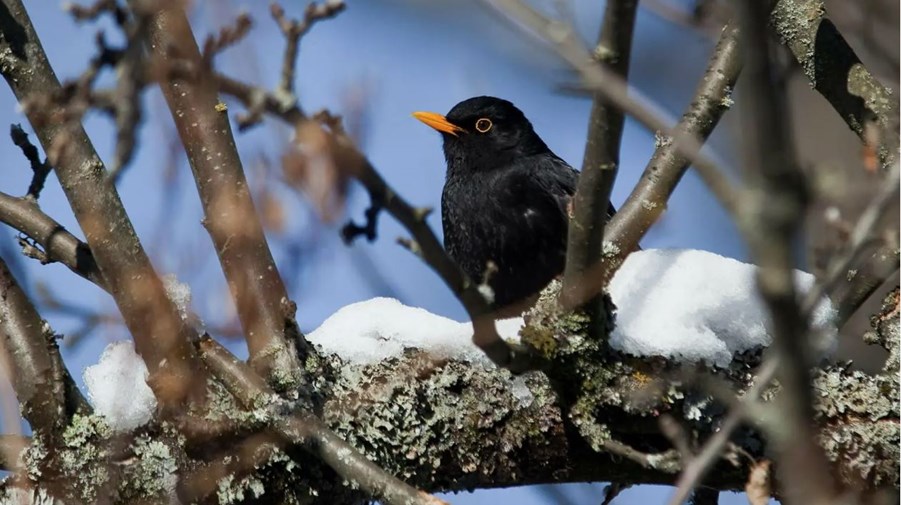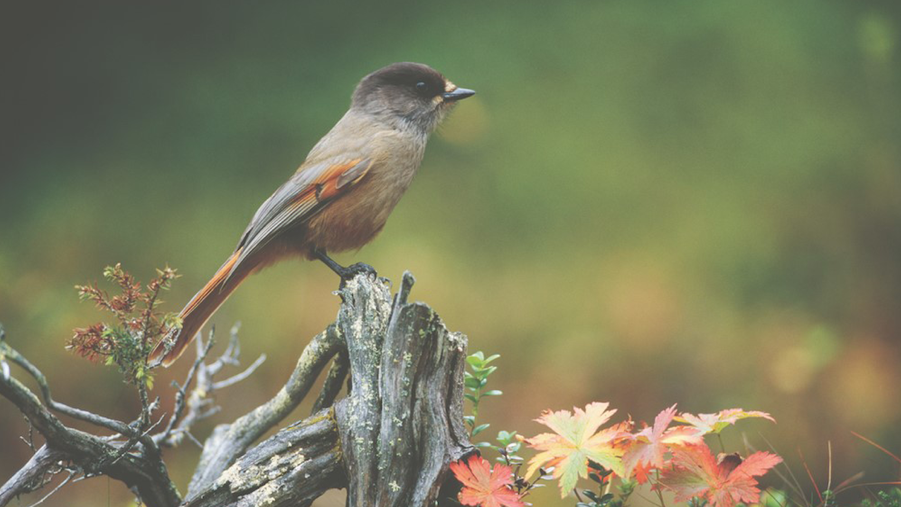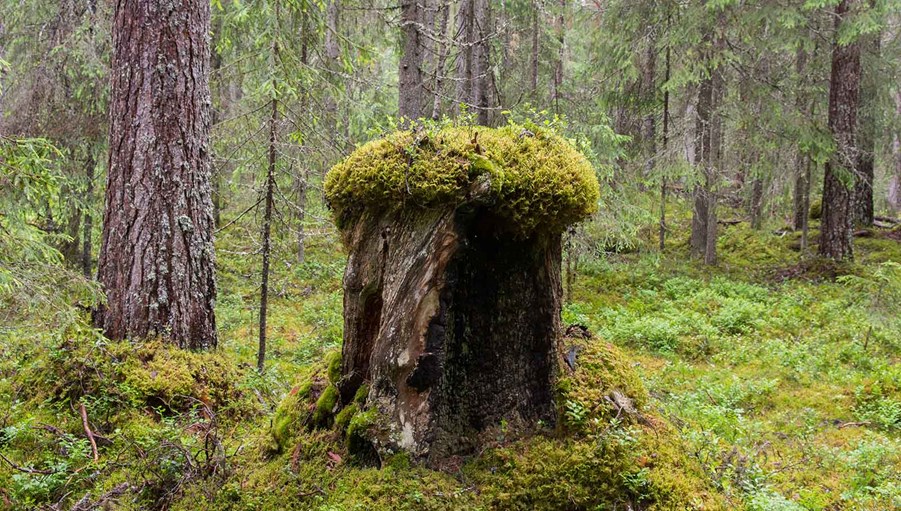
In 2020, a research report outlinesd the current state of biological diversity in Sweden’s forests. The report shows that the conditions for rich biodiversity have improved in recent decades. It also serves as an important foundation for the ongoing development of sustainable forestry in Sweden.
“The report shows that the conditions for biological diversity in Swedish forests have improved palpably and measurably since the shift in forest policy in the 1990s, with equal weighting being given to environmental and production goals. Many trends in the forests are moving in the right direction, thanks to responsible forestry and the voluntary set-asides of forest owners, combined with society’s investments in reserves,” says Emma Berglund, Forest Director and spokesperson on forest policy at the Swedish Forest Industries Federation.
New goals for biological diversity
The Swedish Forest Industries Federation’s starting point is that the forest should be managed in such a way that all naturally occurring species can survive and thrive in the forest landscape. The results shown in the 2020 report motivated Federation members to agree on new goals. By 2030, the area of old forests, the area of broadleaf-dominated forest, the volume of dead wood and the timber stock of large trees should increase by a further 10 per cent each at a minimum.
“We’re focusing on biological diversity in forestry. I hope the report will help to make the discussion about the state of the forest more nuanced and fact-based. With greater knowledge, we can bring about a more meaningful discussion regarding forestry’s contribution to sustainable development,” says Viveka Beckeman, Director General of the Swedish Forest Industries Federation.
Magnus Berg, Head of Business Policies at the Swedish Forest Industries Federation, is very much in agreement. He says that the report provides important data for politicians in Sweden and the EU.
“The report shows that the situation in the forest is not as bad as the debate would often have us believe. In fact, there are positive developments in many areas. This is an important insight as we now face crucial political decisions both in Sweden and the EU, and it is hugely important that these decisions are well-informed and based on solid facts.”
Important conclusions in the report:
- There are both positive and negative trends when it comes to biological diversity in the forests. The overriding trend is that things are developing in the right direction.
- The preservation and development of biodiversity in the forest landscape take place efficiently through formally protected areas, voluntary set-asides and environmental considerations. All of these measures are necessary and complement each other. Together, they create opportunities for the forest’s species to remain, and to establish in new areas.
- The interpretation of the Red List, environmental goal monitoring, data on protected areas and habitat type reporting must be nuanced and problematised.
- More research is needed into species development in managed forests with good environmental consideration.
- Values linked to larger, cohesive areas with very high nature values must be protected.
About the authors:
Mats Hannerz has a PhD in forest genetics, a licentiate de-gree in flora conservation and a master’s degree in forestry. He has worked in forest research and communication at SLU and Skogforsk since the 1980s, and since 2008 as an inde-pendent consultant focusing on research communication. Through his company, he has cooperated with numerous researchers as editor and co-author, inter alia on several synthesis reports on nature conservation.
Per Simonsson has a degree in biology and PhD from SLU. He has been working with nature conservation since the 1970s, first at the County administration board in Västernorrland and from 1992 as Head Conservationist at the forest company SCA. In that role, he has been involved in implementation of general nature concern and ecological landscape planning. His doctoral dissertation dealt with the scope and development of nature conservation in Sweden. He is now retired but still works with nature conservation issues.


